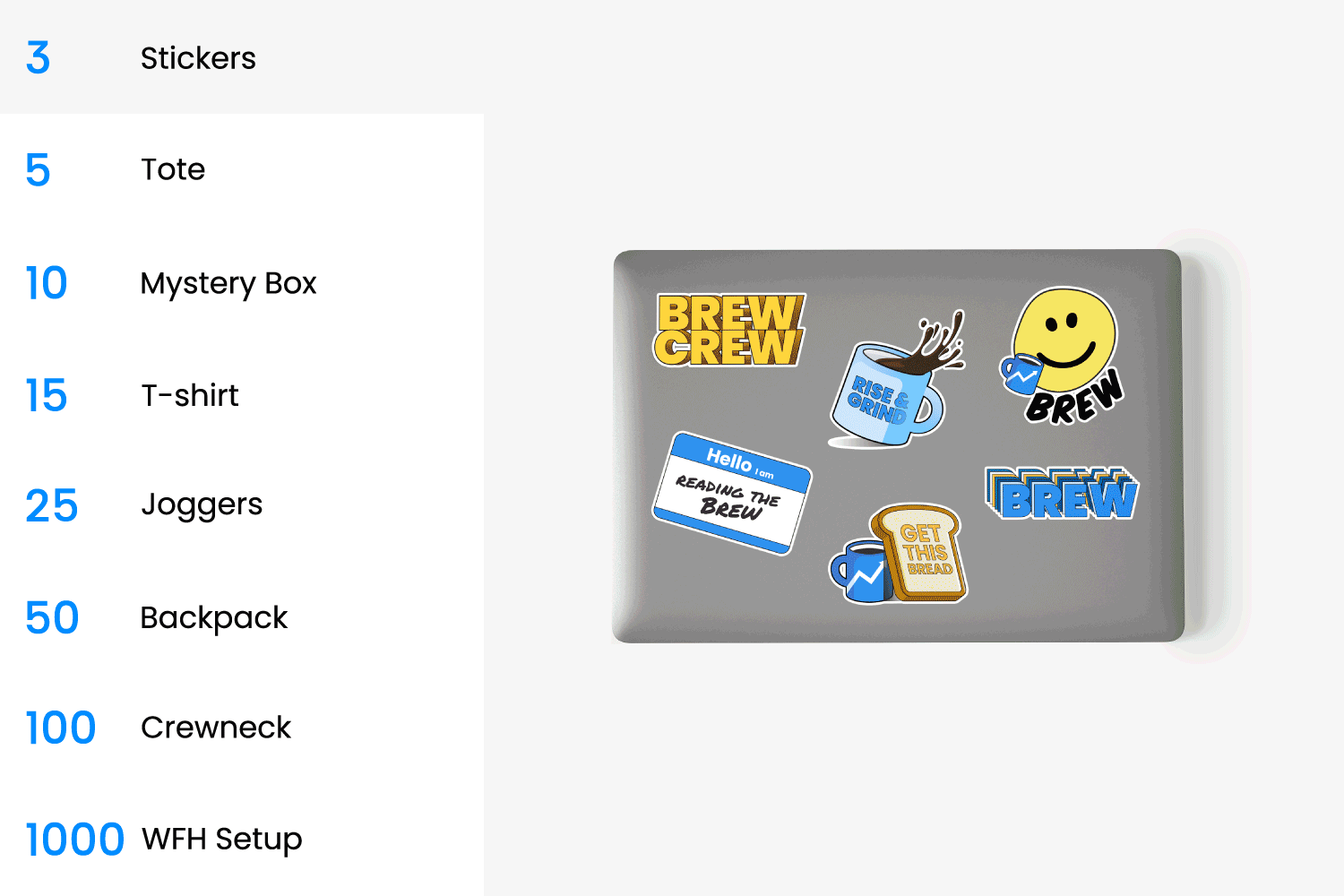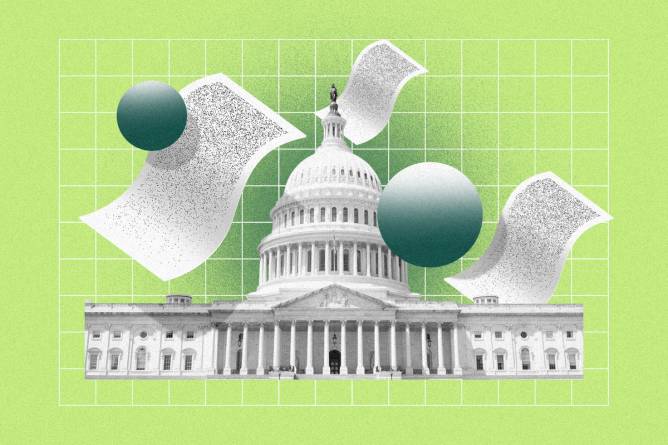Hey there, HR pros. It’s World Hypnotism Day. During this very tough first week of January, may we suggest hypnosis as a cure for procrastination? In 3, 2, 1, close your eyes and picture those deadlines well behind you…
In today’s edition:
 A fraction of your time A fraction of your time
 Legislative lowdown Legislative lowdown
 Tech tea leaves Tech tea leaves
—Mikaela Cohen, Courtney Vinopal, Adam DeRose
|
|
Francis Scialabba
Imagine your CTO or COO steps down, who is your company gonna call? Not the Ghostbusters. But you can call a fractional exec.
Fractional executives are essentially freelance business leaders. They’re hired on a temporary basis to advise on initiatives such as product launches or restructuring plans, or to fill leadership gaps while HR searches for full-time replacements, and can be employed throughout an organization, from finance to marketing.
Freelancing as a whole is on the rise: There were 57.3 million freelancers in the US in 2017, and that number is projected to jump to 90.1 million, or over 60% of the workforce, by 2028, according to Statista. And as the rate of business transformation has increased, so has companies’ reliance on fractional execs.
“The reason why you see this taking place, finally, at the executive level, reflects the complexity and nature of disruptions that executives are dealing with,” Robert Ployhart, business administration and management professor at the University of South Carolina, told HR Brew.
Keep reading here.—MC
|
|
PRESENTED BY CALM BUSINESS
|
You want to prioritize workplace mental health to foster a positive and productive team atmosphere. But where the heck do you start?
With Calm Business, of course. They stepped up to provide tailored and data-driven management tools built to help you prioritize and strategize integrating mental health into your company culture, with dedicated support to help you through every step of the process.
Use Calm Business’ bespoke insights and thematic engagement plans to strengthen your mental health programming and leverage their in-app content to help address specific challenges—and overcome them.
Team up with Calm Business and launch your team platform in as little as one day.
|
|
Francis Scialabba
Provisions of New York City’s Human Rights Law banning discrimination based on height and weight took effect on November 26. The city council first voted in favor of the legislation in May.
Advocates consider such protections vital to addressing workplace discrimination, HR Brew previously reported. Studies have shown that overweight women are subject to negative bias in the workplace, and tend to earn less money compared to “normal weight” peers. Similar legislation is already in place in jurisdictions including San Francisco, Washington, DC, and the state of Michigan.
How to comply with the NYC height and weight discrimination ban. Under the new provisions, “employers, employment agencies, labor organizations, and their agents must treat individuals that seek employment or are employed similarly, regardless of height or weight,” according to the city’s human rights commission.
Takeaways for HR. New York City employers should ensure height and weight are addressed in their equal opportunity and harassment policies in light of these new regulations, attorneys with law firm Seyfarth wrote in a blog post. They should also review hiring materials and training programs for compliance.
Keep reading here.—CV
|
|
Treety/Getty Images
Automation in hiring is nothing new, but ChatGPT proved there are many ways generative AI can transform the way we do everything…including recruiting and hiring.
HR Brew asked TA and HR pros for their takes on how AI, and specifically generative AI, may impact the talent acquisition landscape in the coming year.
Jennifer Shappley, VP of talent, LinkedIn
One of the biggest changes that generative AI will do for talent acquisition teams is how it will help us in our jobs. Today, recruiters spend a large amount of time running searches and sending emails, and AI is going to help remove some of the drudgery and make those activities more efficient so that we can focus on the most strategic work. In fact, our recent data even found that 80% of global HR professionals believe that AI will be a tool to help them with their work over the next five years.
Keep reading here.—AD
|
|
Francis Scialabba
Today’s top HR reads.
Stat: Job postings on the website Indeed were down 15% from the year prior as of Dec. 29, 2023. (the Wall Street Journal)
Quote: “A lot of doctors are moving to Australia—not just because of the pay, but also the work-life balance is better.”—Georgia Blackwell, on working conditions that have led to thousands of UK doctors walking off the job for six days in strike (Associated Press)
Read: The Messenger, a digital news startup, is laying off about two dozen employees as it seeks to raise more cash. (the New York Times)
Address the stress: Workplace stress is impacting employees at unprecedented rates—and that’s no way to start a new year. Grab Calm Business’ blueprint for workplace mental health for four ways to maximize mental health benefits.* *A message from our sponsor.
|
|
|
Share HR Brew with your coworkers, acquire free Brew swag, and then make new friends as a result of your fresh Brew swag.
We’re saying we’ll give you free stuff and more friends if you share a link. One link.

Your referral count: 2
Click to Share
Or copy & paste your referral link to others:
hr-brew.com/r/?kid=9ec4d467
|
|
|








